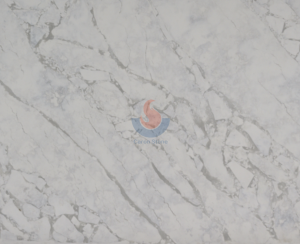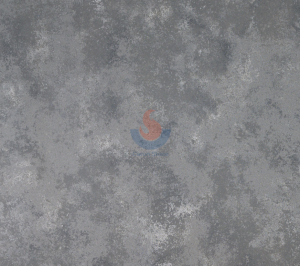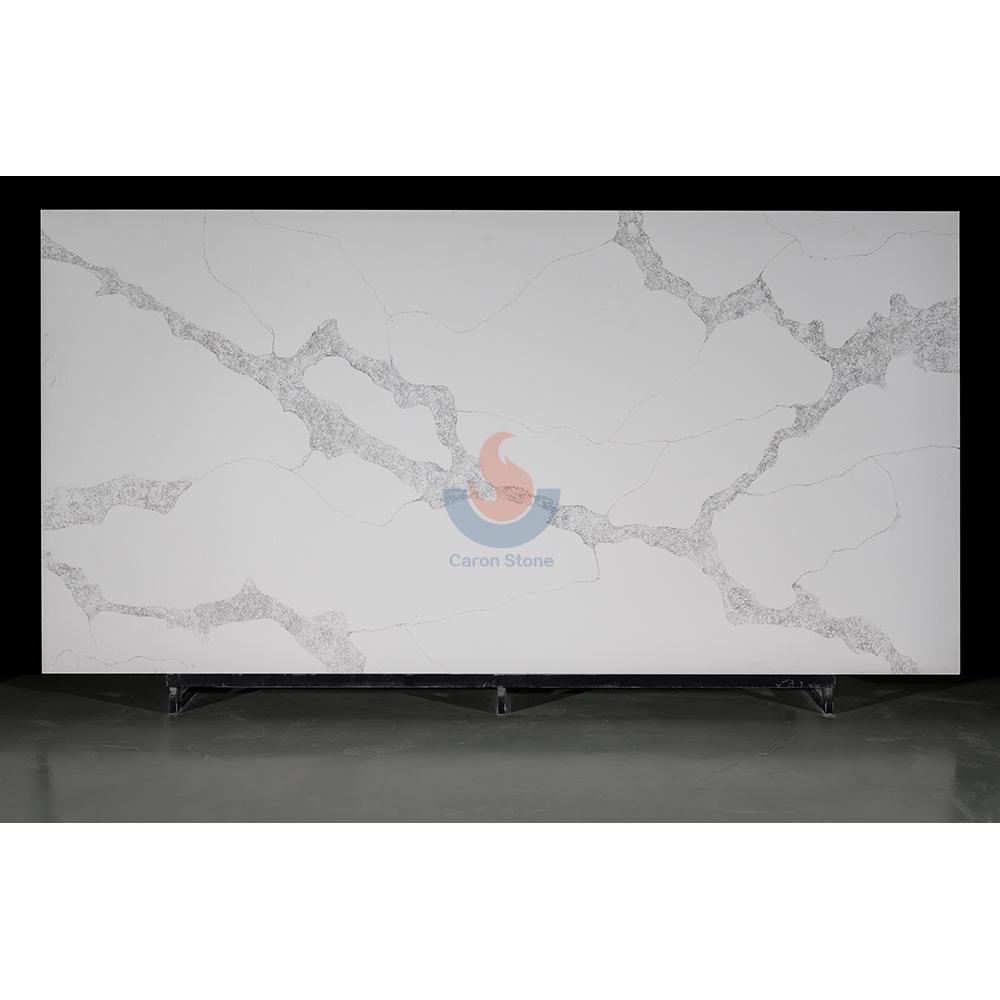Artificial quartz, referred to as quartz, is a type of artificial stone. It calls for an artificial stone composed of unsaturated polyester resin as the binder, key aggregates are quartz sand and glass particles, and main filler is quartz powder. Quartz inherits the advantages of natural granite, such as hard texture, corrosion resistance, wear resistance, and natural marble, exquisite colors, and high grade. Mostly in kitchens, baths, windowsills, restaurants, etc., it is extensively applied in the field of interior design and decor.

Super white Artificial Quartz Slab
Artificial quartz has advantages that other decorative stones cannot match, including pressure resistance, wear resistance, anti-penetration, high temperature resistance, and corrosion resistance, in comparison with natural stone and other artificial stone slabs.
Production process of quartz sand/powder for artificial quartz
Large pieces of raw stone mined from natural quartz mines generally have mud, iron oxides and plant debris on the surface, which need to be removed by peeling and sorting; some manufacturers also carry out pickling at this stage. While pickling after crushing step by step in the later stage is more difficult, pickling big pieces of raw stone is simpler in removing acid residue.
The processed raw stone is crushed step by step, pickled, filtered, dried, and then color sorted and magnetically sorted to remove discolored particles and iron-containing impurities, and then becomes quartz sand of different mesh sizes. It can be further ball milled to get quartz powder of varying mesh sizes, which is supplied to quartz stone slab producers for use as fillers; or put into ton sacks and shipped to manufacturers of quartz stone slabs for use as aggregates.
Technical requirements for quartz for artificial quartz slabs
Since the quality of quartz sand has a direct impact on the quality of artificial quartz slabs, the selection of raw materials for the production of high-end artificial quartz slabs is very critical, mainly with requirements for whiteness, transparency, impurities, particle grading, etc.
Usually, people refer to the material under the normal sieve as quartz powder whereas the material on the sieve with an aperture of 105μm quartz sand is known. The quartz powder used in artificial quartz slabs requires SiO2≥98%, and the fineness requires 240~400 mesh. The quartz powder used normally has a mesh count of 325 mesh; for upscale items, the whiteness is usually needed to be higher than 95 degrees. The particle size requirements are 2~4 mesh, 4~6 mesh, 8~16 mesh, 16~26 mesh, 26~40 mesh, 40~70 mesh, 70~140 mesh, etc. Each manufacturer can also choose 85 degrees, 90 degrees or 93 degrees depending on product positioning and color; the quartz sand used is required to have uniform particles, no
Current status and development prospects of artificial quartz industry
With more than 1,000 manufacturing lines, an annual output value of over 30 billion yuan, and almost 120 million square meters of quartz slabs annually, China boasts more than 500 quartz companies.

Grey Marble Vein Quartz
The global market demand for quartz products is growing at a high rate of 20% to 30% per year. Driven by great demand, a tsunami of newly built manufacturing facilities has now started. With the growing middle-class population in China’s home market, acceptance of higher-end decorating materials like quartz is increasing ever higher. The quantity of quartz for window sills and cabinet counters is rising in recently rebuilt homes. With the improvement of people’s consumption level, people are constantly pursuing materials with better performance. More and more people have been loving quartz for its benefits including great strength, high hardness, acid and alkali corrosion resistance, outstanding anti-fouling performance, good toughness, and simple processing. It has become the preferred material for cabinet countertops and has been increasingly used in other applications.





